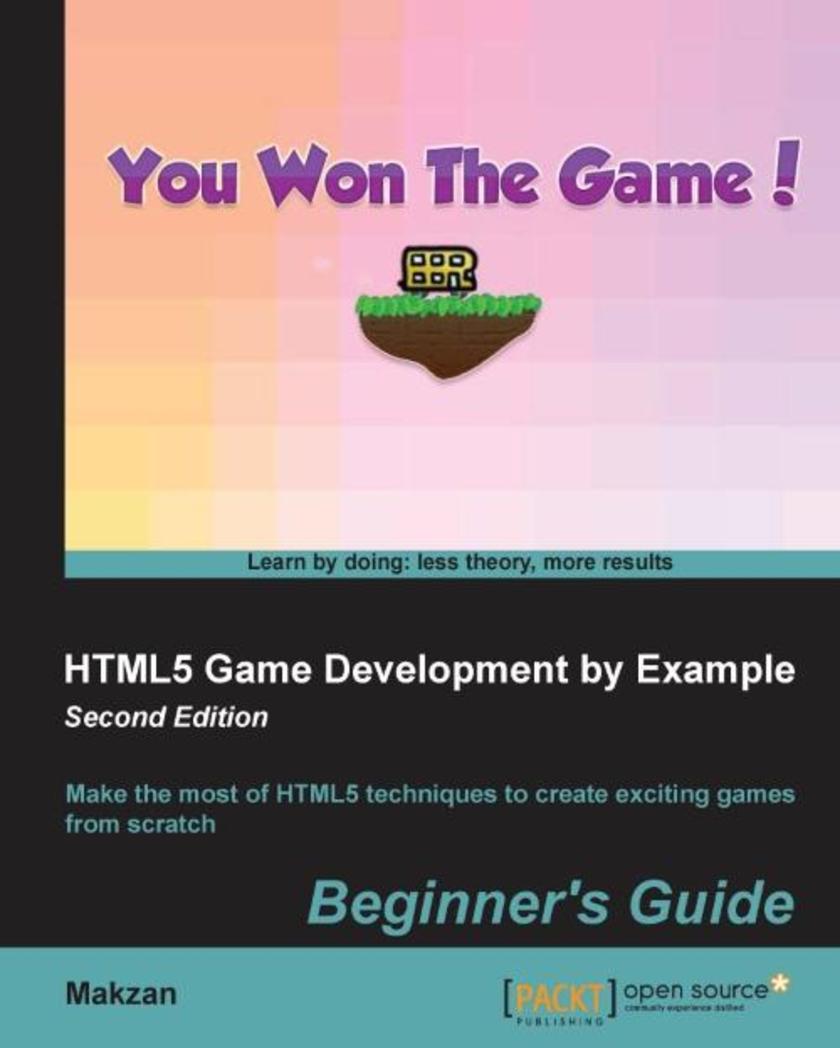
HTML5 Game Development by Example: Beginner's Guide - Second Edition
¥80.65
This book is for web designers who have a basic knowledge of HTML, CSS, and JavaScript and want to create Canvas or DOM-based games that run on browsers.
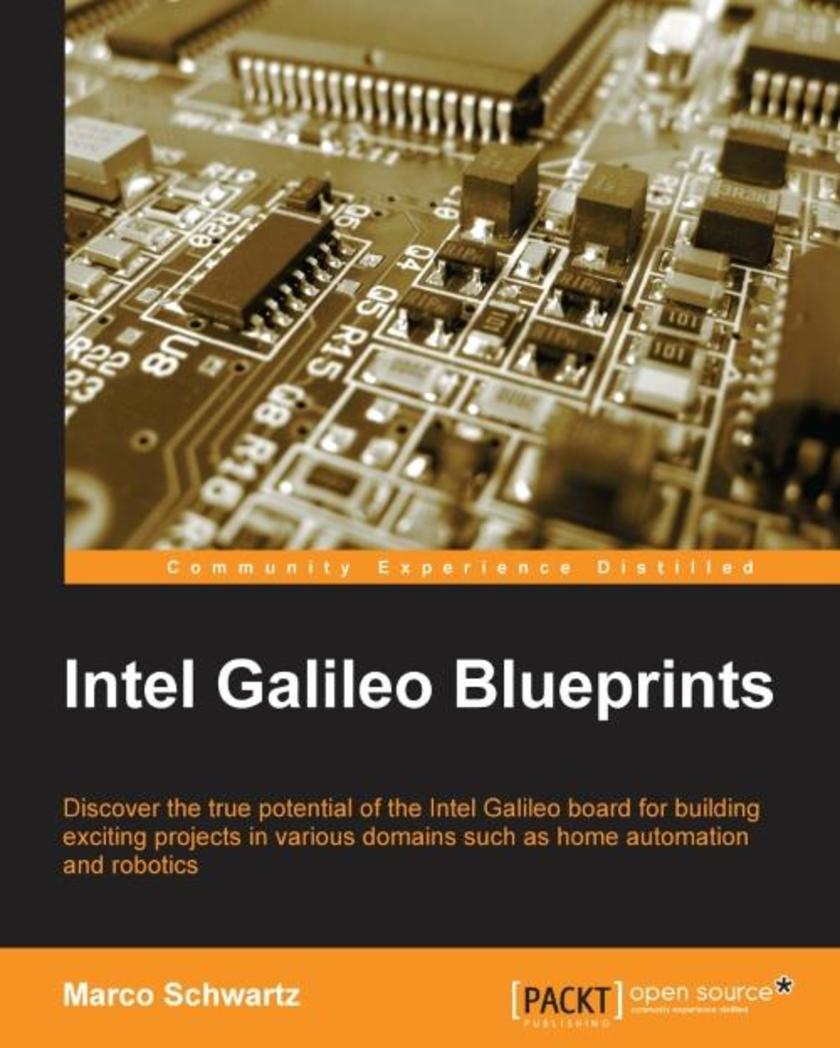
Intel Galileo Blueprints
¥80.65
If you are an experienced developer using classic Arduino boards and would like to extend your knowledge to the Intel Galileo board and polish your project building skills, this book is for you.
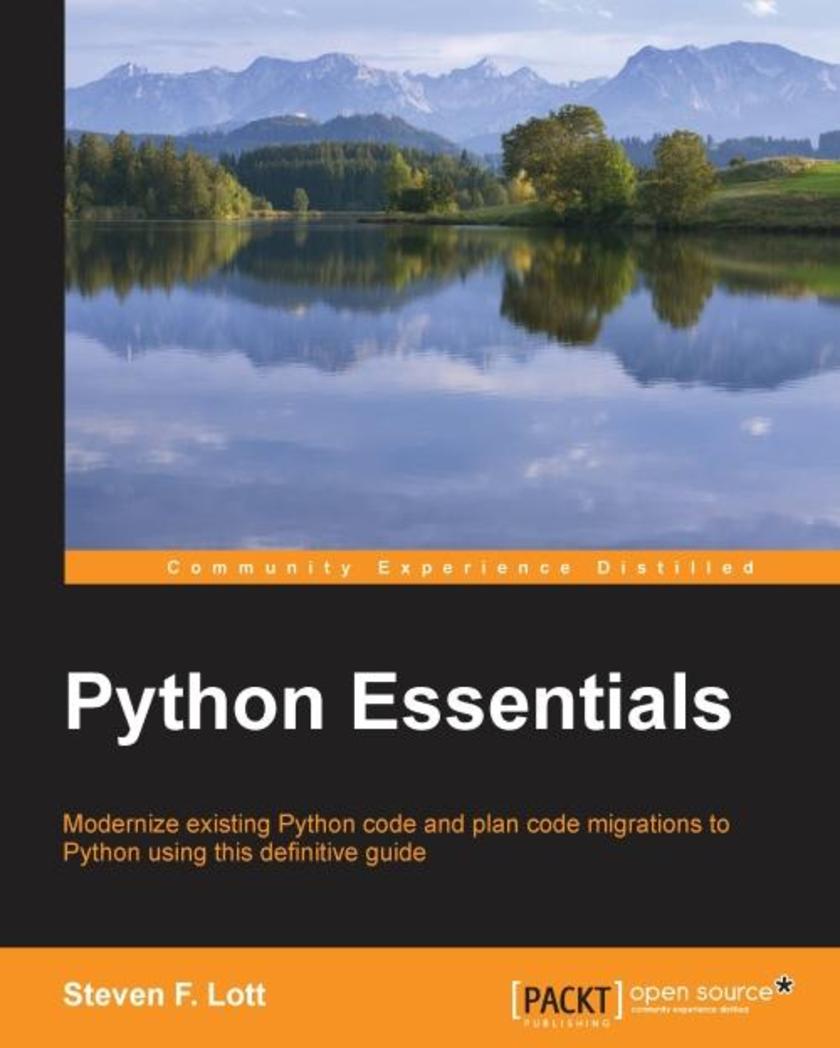
Python Essentials
¥71.93
This book is designed for Python 2 developers who want to get to grips with Python 3 in a short period of time. It covers the key features of Python, assuming you are familiar with the fundamentals of Python 2.
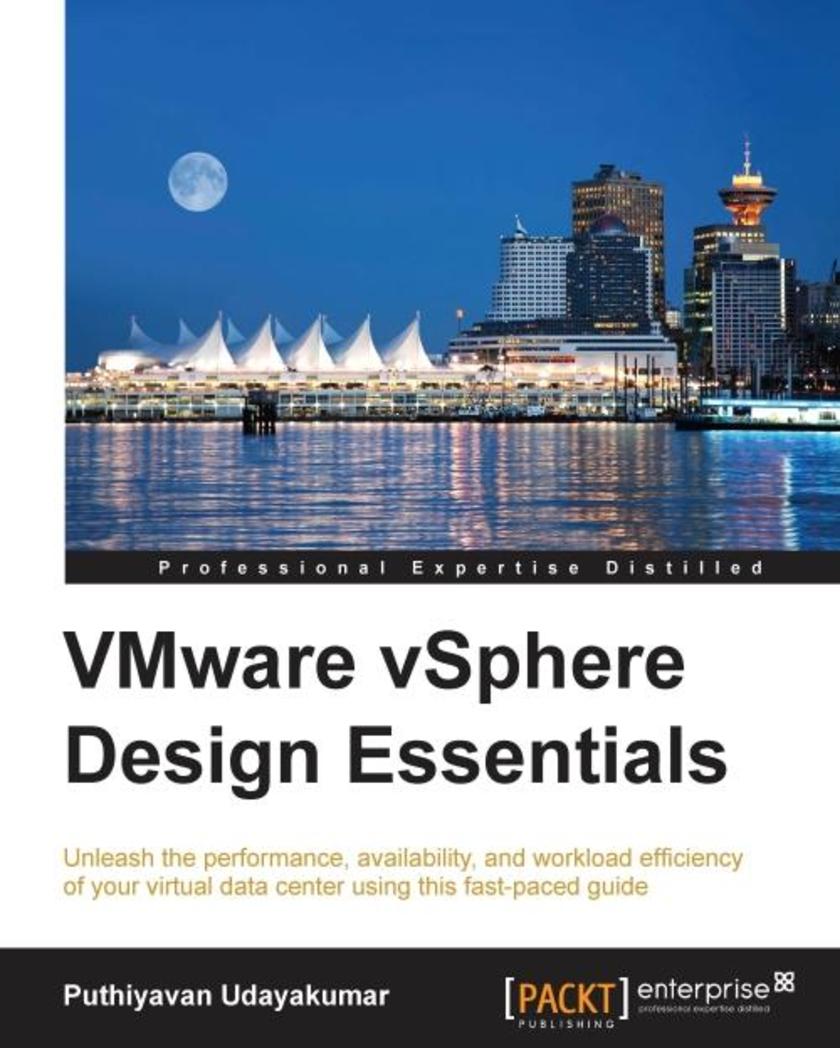
VMware vSphere Design Essentials
¥63.21
If you are a VMware beginner, VMware engineer, VMware SME, or VMware architect, then this is the book for you. A basic understanding of virtualization is a prerequisite.
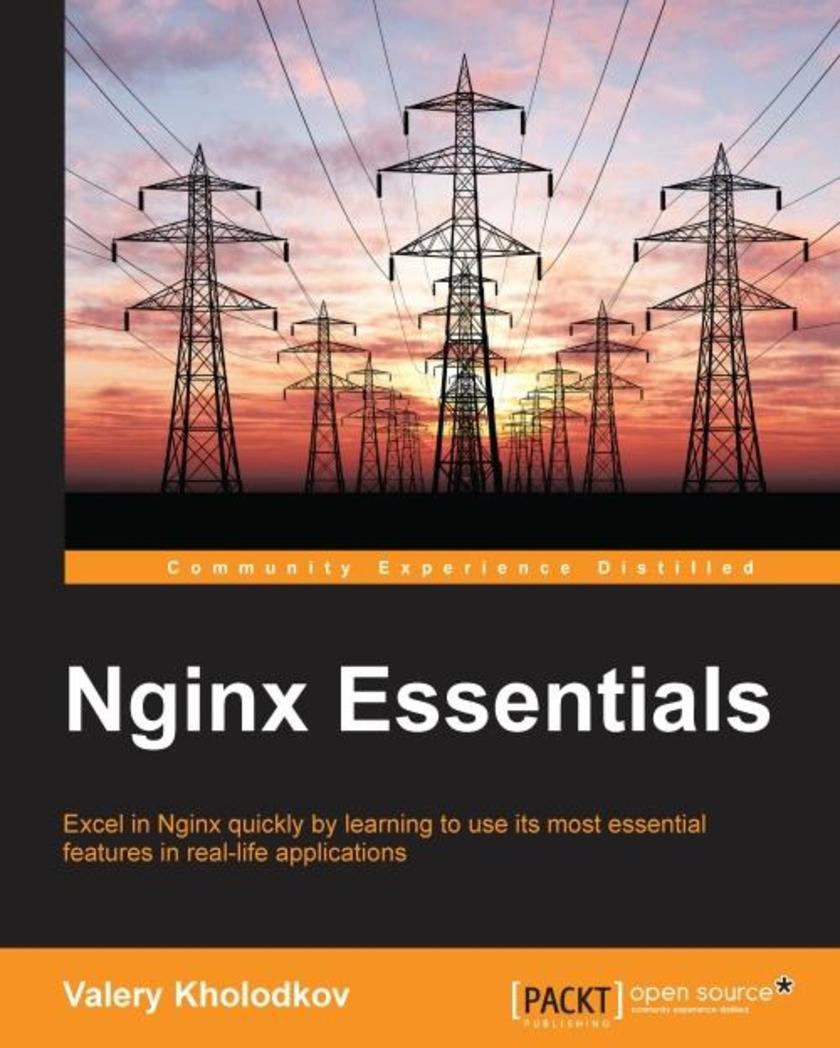
Nginx Essentials
¥63.21
This book is ideal for skilled web masters and site reliability engineers who want to switch to Nginx or solidify their knowledge of Nginx. Knowledge of Unix and webmaster skills are required.

Game Development with Swift
¥71.93
If you wish to create and publish fun iOS games using Swift, then this book is for you. You should be familiar with basic programming concepts. However, no prior game development or Apple ecosystem experience is required.

Salt Cookbook
¥80.65
If you are a professional associated with system and infrastructure management, looking at automated infrastructure and deployments, then this book is for you. No prior experience of Salt is required.
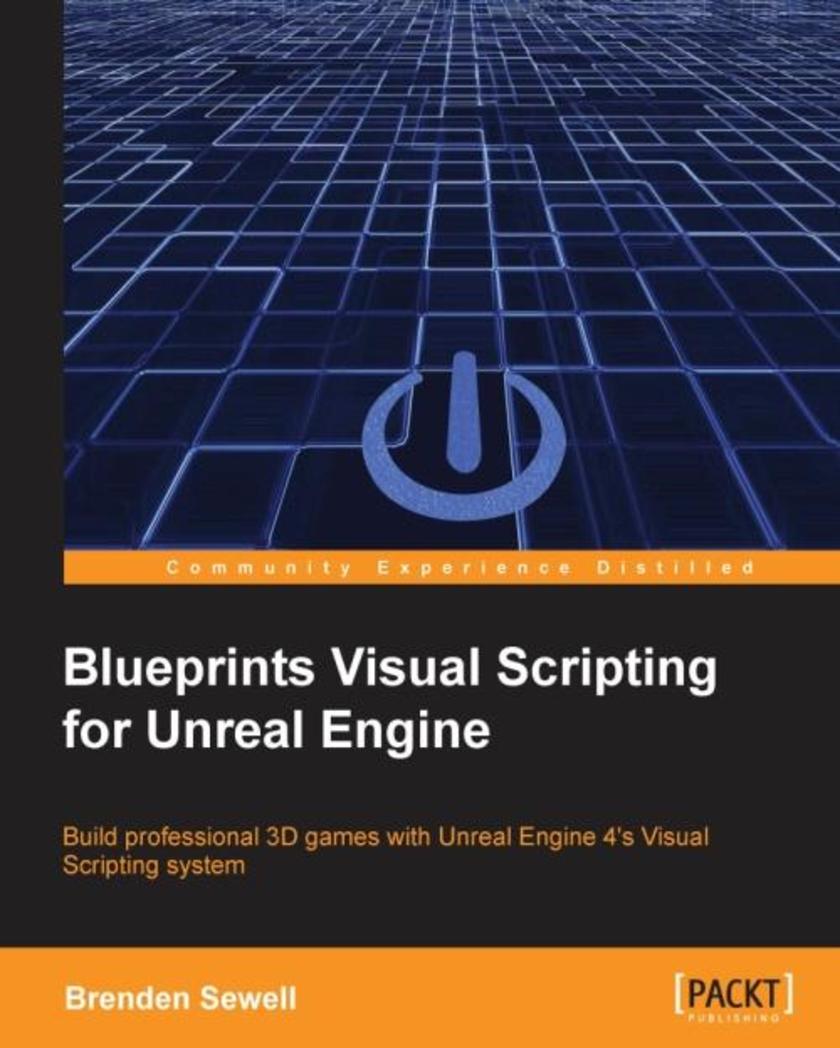
Blueprints Visual Scripting for Unreal Engine
¥54.49
Whether you are an experienced game designer or artist looking to test your latest idea, or a complete novice looking to build their first video game, this is a great place to start learning how to build complex game mechanics quickly and easily without writing any text code. No programming experience required!
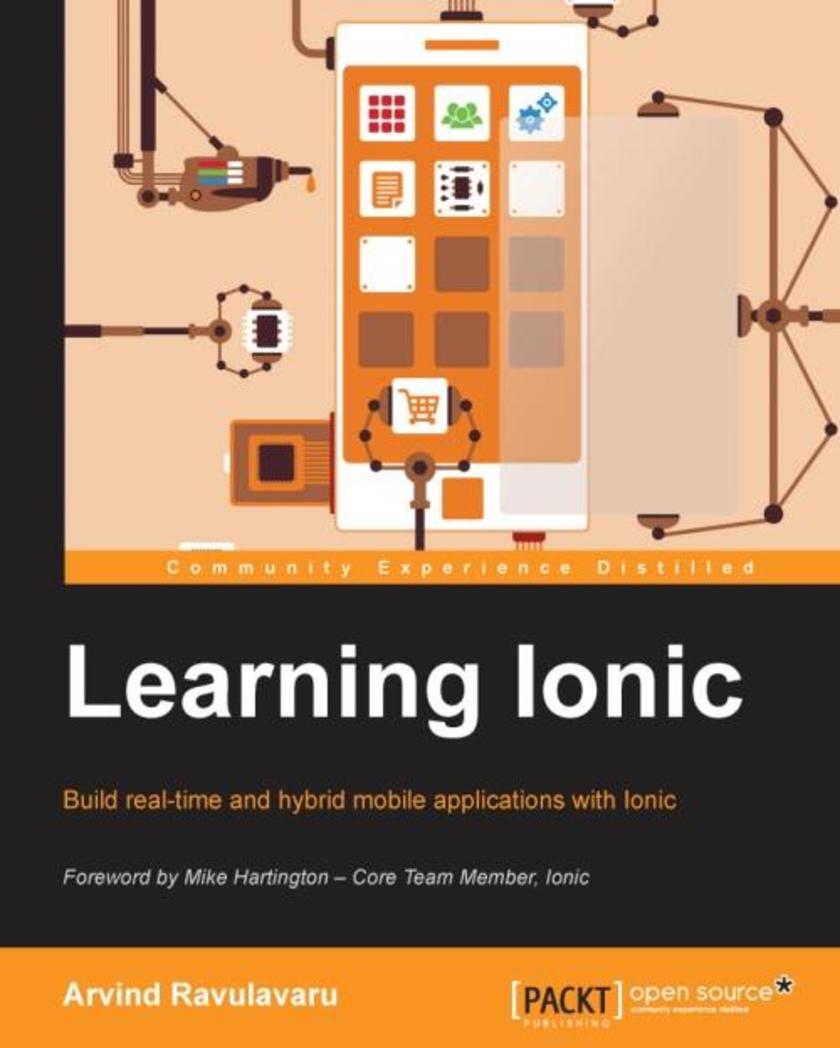
Learning Ionic
¥80.65
This book is intended for those who want to learn how to build hybrid mobile applications using Ionic. It is also ideal for people who want to explore theming for Ionic apps. Prior knowledge of AngularJS is essential to complete this book successfully.

JavaScript at Scale
¥90.46
Have you ever come up against an application that felt like it was built on sandMaybe you've been tasked with creating an application that needs to last longer than a year before a complete re-writeIf so, JavaScript at Scale is your missing documentation for maintaining scalable architectures. There's no prerequisite framework knowledge required for this book, however, most concepts presented throughout are adaptations of components found in frameworks such as Backbone, AngularJS, or Ember. All code examples are presented using ECMAScript 6 syntax, to make sure your applications are ready for next generation browsers.
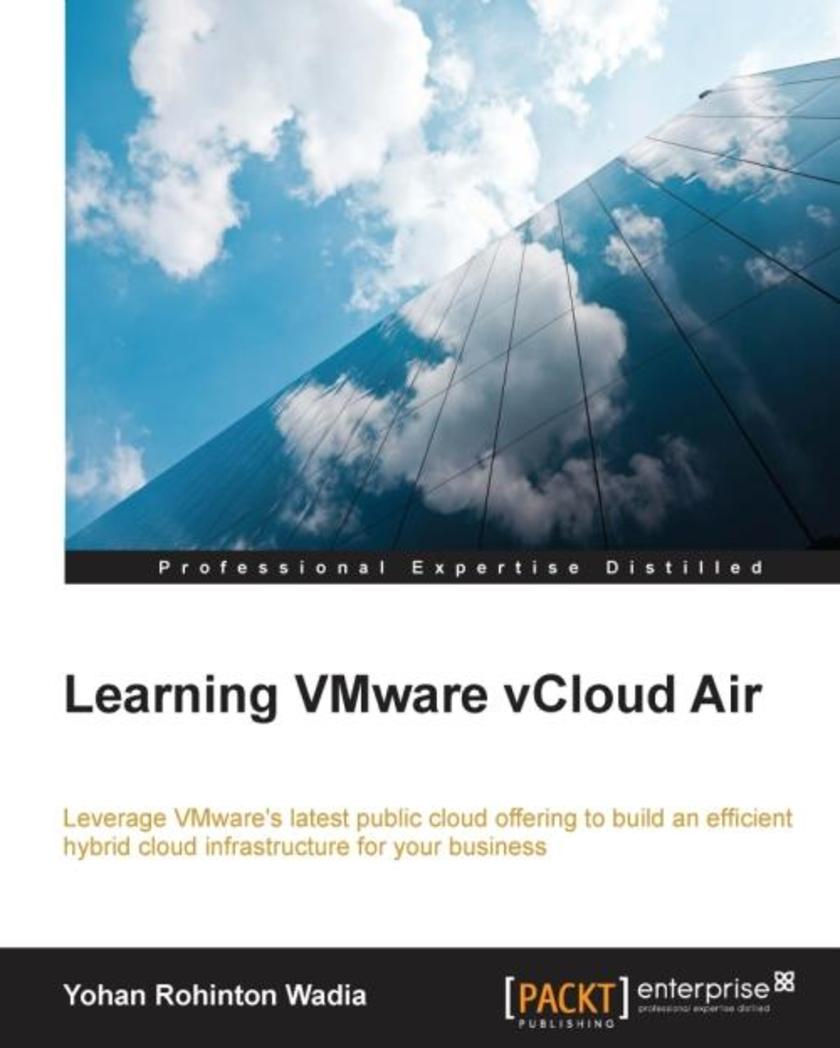
Learning VMware vCloud Air
¥71.93
This book is intended for cloud engineers or administrators who wish to explore and gain hands-on experience of VMware vCloud Air. To make the most of this book, it would be beneficial to have a bit of familiarity with basic VMware vCloud concepts, but no prior experience is required.
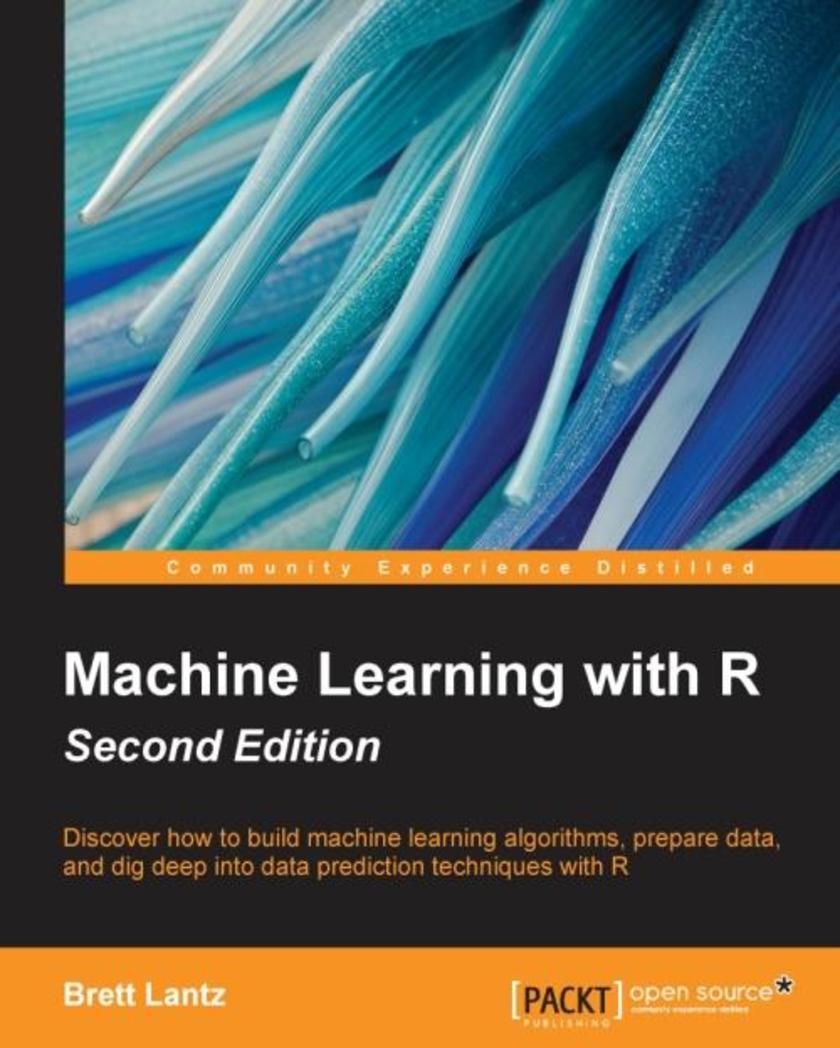
Machine Learning with R - Second Edition
¥99.18
Perhaps you already know a bit about machine learning but have never used R, or perhaps you know a little R but are new to machine learning. In either case, this book will get you up and running quickly. It would be helpful to have a bit of familiarity with basic programming concepts, but no prior experience is required.
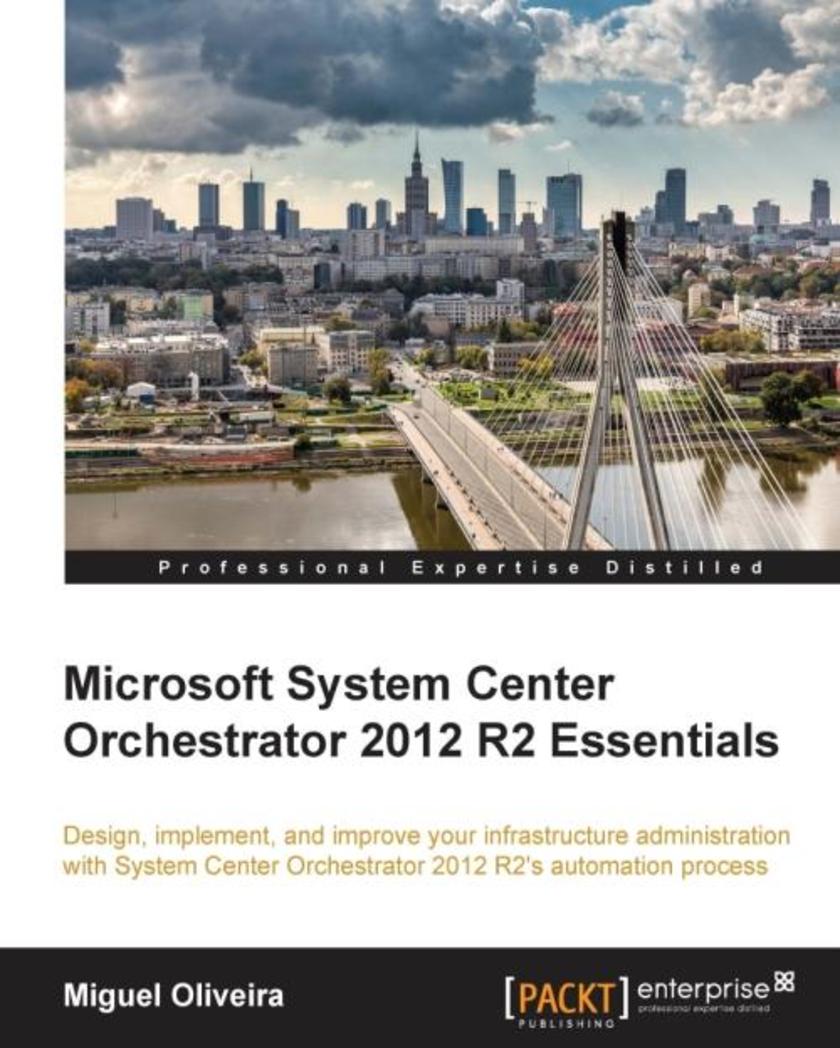
Microsoft System Center Orchestrator 2012 R2 Essentials
¥63.21
This book is targeted at those who want to gain time in their administrative tasks and profit from it to also improve their environment by reaching a more autonomous infrastructure.
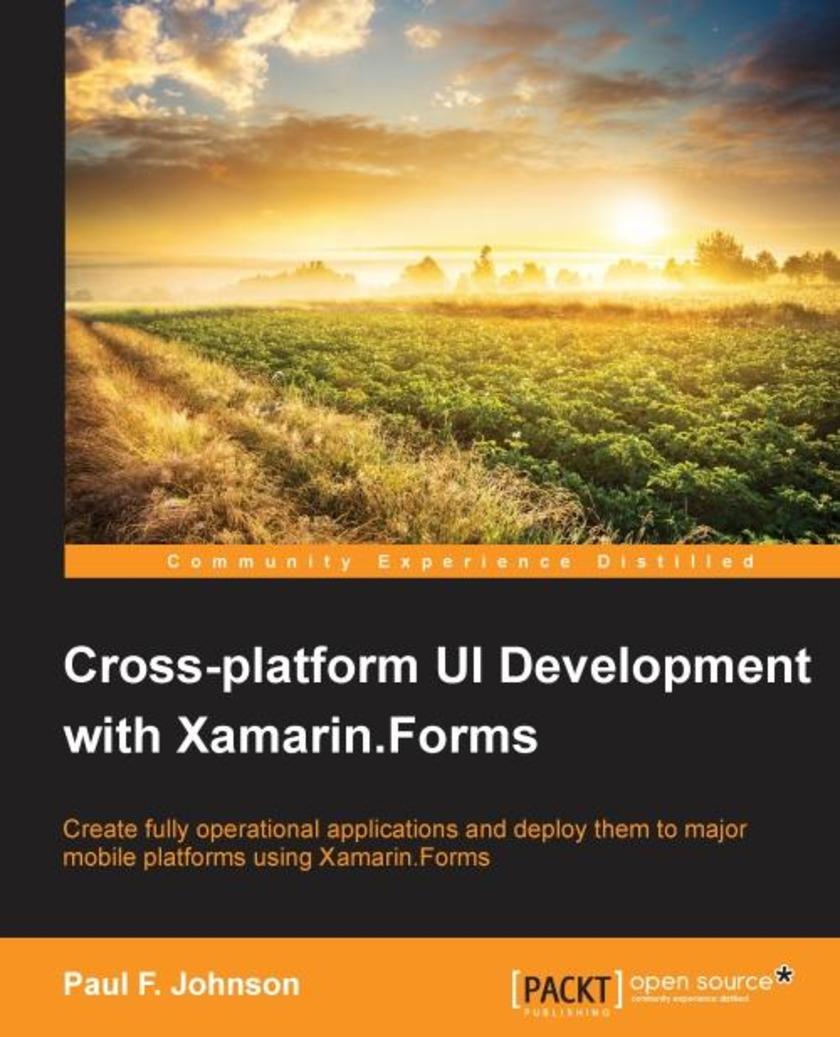
Cross-platform UI Development with Xamarin.Forms
¥80.65
This book is intended for mobile software developers who are fed up with having three different code sets for the same application. If you want to put your code on all mobile platforms with minimum fuss, and just want to develop but haven't got the time to be digging too far into a particular platform, this is the book for you. Some basic knowledge of C# is assumed.
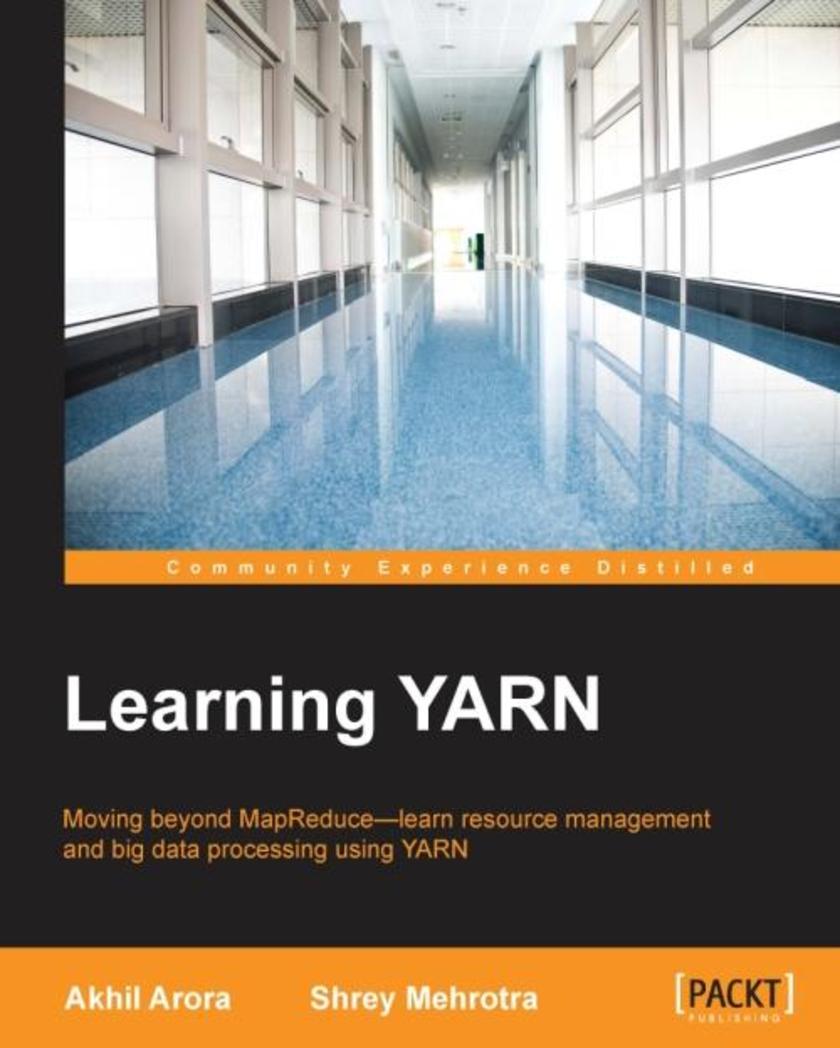
Learning YARN
¥80.65
This book is intended for those who want to understand what YARN is and how to efficiently use it for the resource management of large clusters. For cluster administrators, this book gives a detailed explanation of provisioning and managing YARN clusters. If you are a Java developer or an open source contributor, this book will help you to drill down the YARN architecture, write your own YARN applications and understand the application execution phases. This book will also help big data engineers explore YARN integration with real-time analytics technologies such as Spark and Storm.
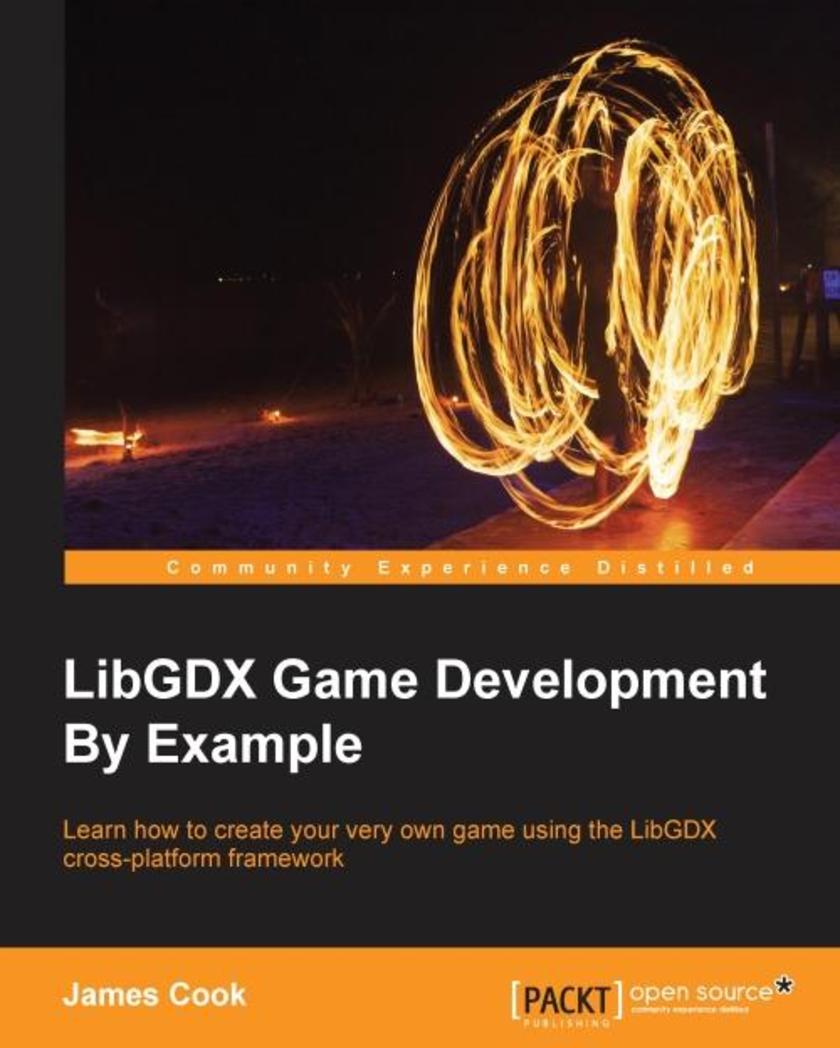
LibGDX Game Development By Example
¥80.65
This book is intended for those who wish to learn the concepts of game development using LibGDX. An understanding of Java and other programming languages would definitely be helpful, although this is not a must.
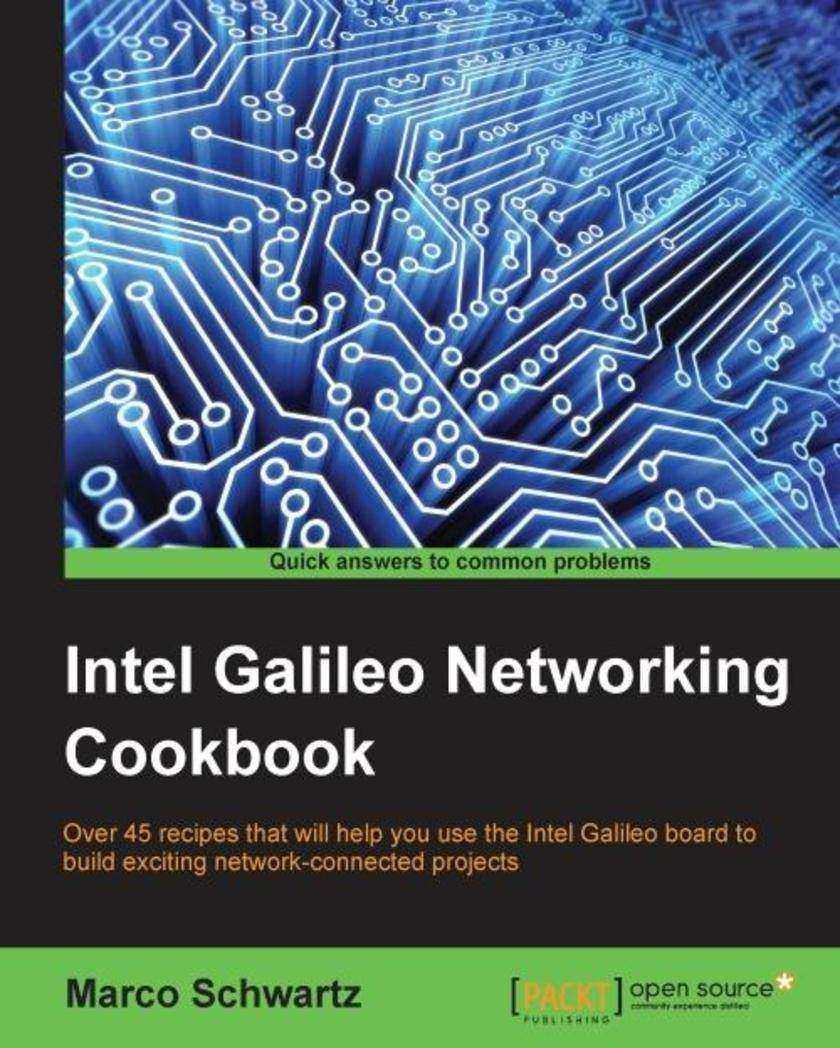
Intel Galileo Networking Cookbook
¥54.49
This book is intended for those who want to build exciting projects using the Intel Galileo board. It is for people who are already experienced in using more classic Arduino boards and want to extend their knowledge to the Intel Galileo board. It is also for people who want to learn about electronics and programming, and Intel Galileo is the perfect platform for this.
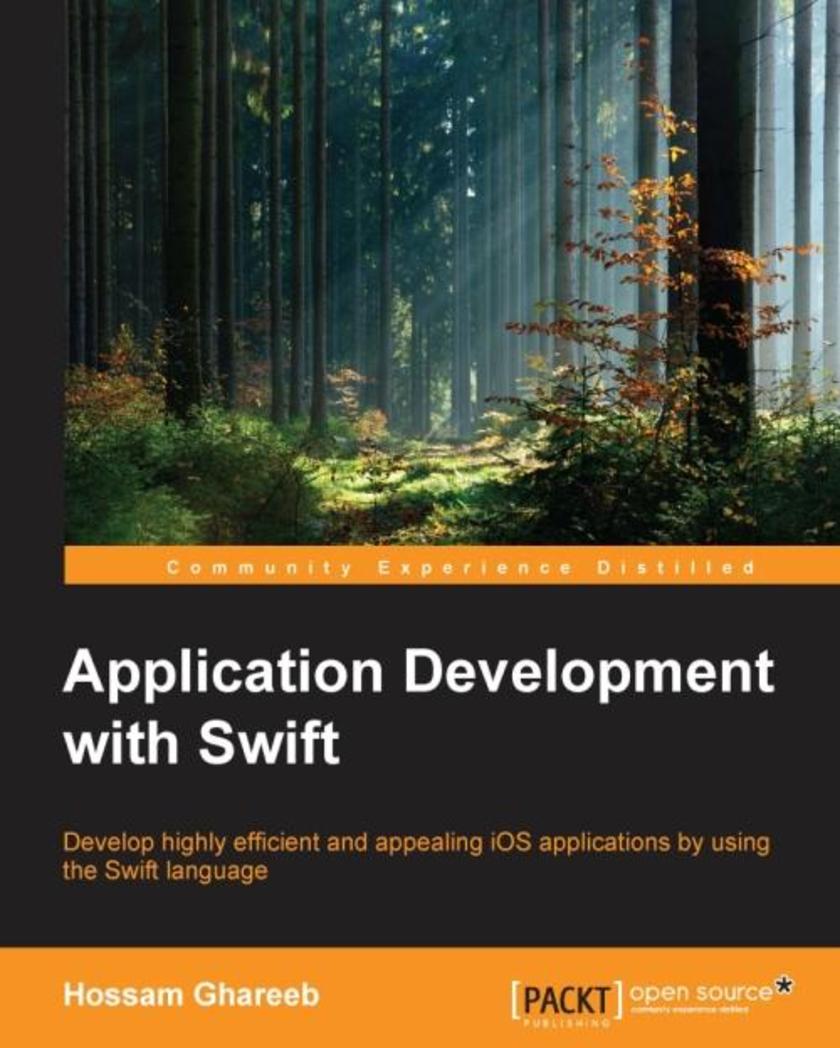
Application Development with Swift
¥63.21
If you are an iOS developer with experience in Objective-C, and wish to develop applications with Swift, then this book is ideal for you. Familiarity with the fundamentals of Swift is an added advantage but not a necessity.
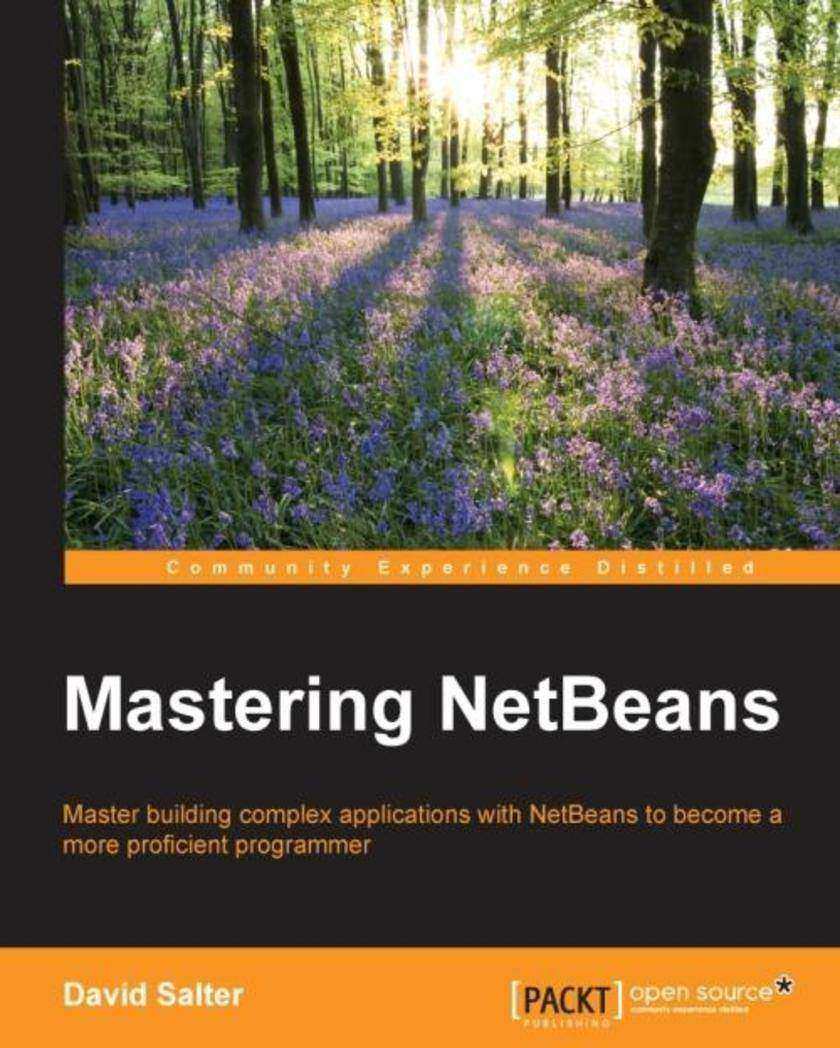
Mastering NetBeans
¥90.46
If you are a competent developer who wants to fast-track your application development with the NetBeans IDE, then this book is for you. Reasonable knowledge and an understanding of Java programming and the NetBeans IDE is assumed.
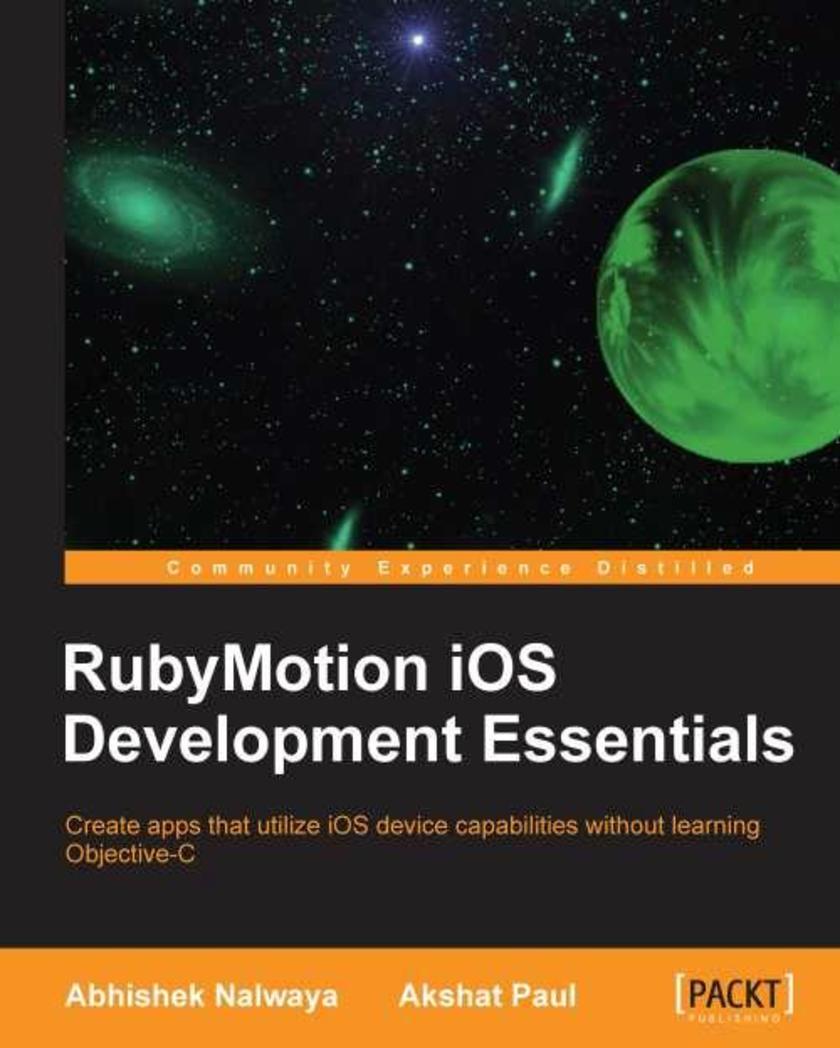
RubyMotion iOS Develoment Essentials
¥80.65
This is a step-by-step book that builds on your knowledge by adding to an example app over the course of each chapter. Each topic uses example code that can be compiled and tested to show how things work practically instead of just telling you the theory. Complicated tasks are broken down into easy to follow steps with clear explanations of what each line of code is doing.Whether you are a novice to iOS development or looking for a simpler alternative to Objective-C; with RubyMotion iOS Development Essentials, you will become a pro at writing great iOS apps
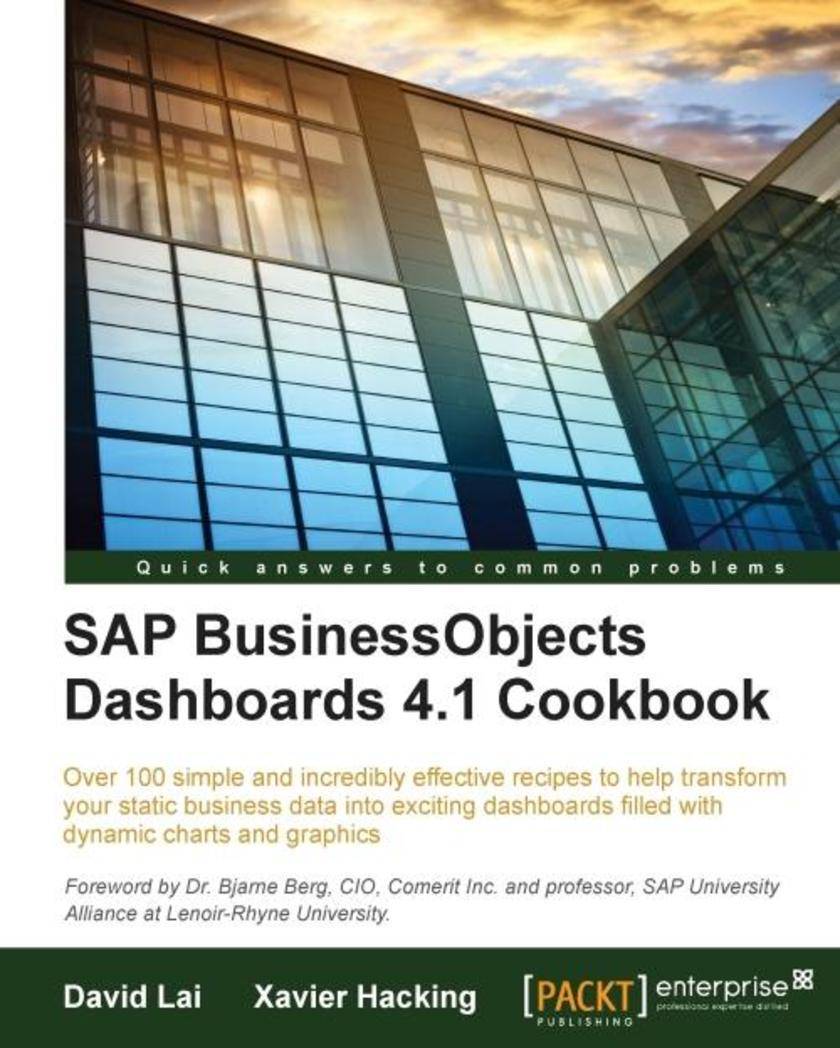
SAP BusinessObjects Dashboards 4.1 Cookbook
¥90.46
If you are a developer with a good command and knowledge of creating dashboards, but are not yet an advanced user of SAP BusinessObjects Dashboards, then this is the perfect book for you. Prerequisites include a good working knowledge of Microsoft Excel as well as knowledge of basic dashboard practices.




 购物车
购物车 个人中心
个人中心



